
In today’s film industry, it often feels like most movies are either remakes, reboots, or could be part of a larger, interconnected cinematic universe. While there are certainly films that aren’t connected in this way, it has become quite common to think of films as belonging to a franchise, whether they’re established ones or new ones on the horizon. If not officially part of a franchise, you’ll often find fan theories that connect different movies or characters in a loose manner.
Keeping the connection between your upcoming film and any existing franchises a mystery can add an exciting element of surprise for viewers. Indeed, there are movies that have hidden or not-so-hidden links to other films or series which successfully kept those connections under wraps until they hit the screens, even surprising audiences long after their release. The element of suspense and shock when these connections were finally revealed made the experience all the more thrilling for viewers.
These are the films often considered standalone or unofficial sequels, with their connections to larger franchises being minimal at best, and sometimes only hinted at through Easter eggs. In many instances, these cinematic universe links were unexpectedly introduced in closing scenes or left entirely unmentioned. Occasionally, the behind-the-scenes drama surrounding these films is more captivating than the connections themselves. Remember those films where we often found ourselves more intrigued by the production’s backstory than the actual franchise links? Sometimes, these unexpected sequel reveals were thrilling, while others fell short of our expectations, but they always kept us guessing.
10 Movies That Were Secretly Part of Bigger Franchises
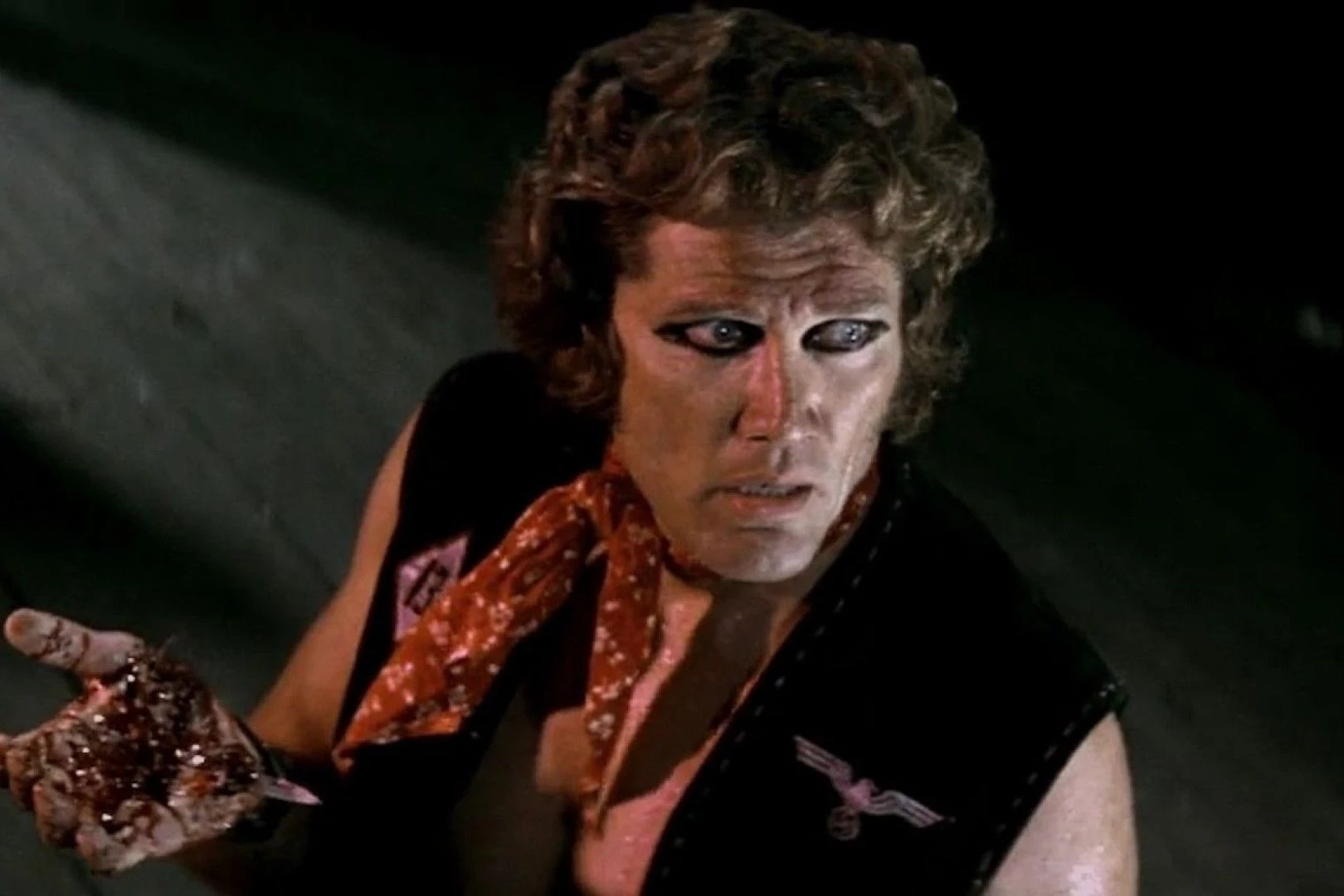
The Ninth Configuration (1980)
In “The Exorcist,” a character named Regan, who has been possessed, foretells the failure of an astronaut named Billy Cutshaw’s mission during a party at the MacNeil residence. This unfortunate event sets off the storyline for “The Ninth Configuration,” William Peter Blatty’s directorial debut and, in essence, a soft sequel to “The Exorcist.”
Blatty initially sought to adapt his novel “Twinkle, Twinkle, ‘Killer’ Kane!” but faced difficulties securing funding. Instead, he collaborated with William Friedkin on “The Exorcist.” Years later, Blatty rewrote the original book, renamed it “The Ninth Configuration,” and when no studio was interested in his screenplay adaptation, he opted to direct the film himself, with half of the funding coming from PepsiCo, under the condition that the movie would be filmed in Hungary for tax purposes. Blatty later directed “The Exorcist III,” which serves as a sequel to “The Exorcist” and is considered the third installment in this unofficial trilogy.

Predator 2 (1990)
In an intriguing twist before the advent of the Marvel Cinematic Universe and the Star Wars Saga, a fascinating Easter egg was hidden within the Predator franchise. During the climax of Predator 2, Danny Glover finds himself in a Yautja spaceship, where he notices the alien’s trophy wall adorned with various skulls of its past victories. Among these skulls, there was one that unmistakably belonged to an Xenomorph, thereby establishing for the first time that the universes of 20th Century Fox’s Alien and Predator franchises were interconnected.
This concept of a crossover between Alien and Predator was initially conceived by the creative minds at Dark Horse Comics, who produced the Aliens vs. Predator series in 1989. The 2004 Alien vs. Predator movie served as a loose adaptation of this comic, marking the first official fusion of these two series following the hint dropped in Predator 2.

Trainspotting (1996)
In Danny Boyle’s first film, “Shallow Grave,” we didn’t know much about Hugo, a mysterious drug addict roommate whose death and bag of money set the story in motion. However, when Boyle’s second movie, “Trainspotting” was released, it was revealed that Hugo somehow survived – or at least, he was portrayed by actor Keith Allen once again, hinting to keen-eyed fans that “Trainspotting” might actually be a prequel to “Shallow Grave.” Ewan McGregor and Peter Mullan, who were also in both films, played different characters.
However, Hugo does not make a return in the sequel “T2 Trainspotting,” suggesting that he eventually succumbed to his drug overdose during the years between these two movies.

Soldier (1998)
The movie “Soldier” from 1998, featuring Kurt Russell as a skilled soldier entangled in an interstellar war with those above him plotting against him, is subtly linked to the classic science fiction film “Blade Runner.” Although “Soldier” does not explicitly confirm this connection, there are hints scattered throughout that suggest they inhabit the same universe. For instance, Russell’s character mentions participating in space battles at the “Shoulder of Orion” and “Tannhäuser Gate,” locations referenced by Roy Batty in his memorable soliloquy from “Blade Runner.” Additionally, debris from the flying vehicles known as Spinners (seen in “Blade Runner”) can be found on the planet where Russell’s character is banished. David Webb Peoples, who wrote both movies, has himself described “Soldier” as a spin-off sequel that builds upon elements of “Blade Runner,” serving as a spiritual successor to the original film.

Get Him to the Greek (2010)
Fans were captivated by Russell Brand’s lively portrayal of Aldous Snow, the Jack Sparrow-esque rock star, in the movie “Forgetting Sarah Marshall”, and as a result, Snow got his own spinoff. In the sequel, “Get Him to the Greek”, Brand reprises his role as Snow, who has unfortunately slipped back into drug addiction, preparing for a comeback performance at the Greek Theatre in LA. Jonah Hill, who was an ardent fan of Snow in “Forgetting Sarah Marshall”, returns as well, playing Aaron Green, a completely different character – an employee at Snow’s record company, tasked with escorting the musician to the venue while navigating various adventures. The film was revealed only a week after “Forgetting Sarah Marshall” premiered in cinemas.

Machete (2010)
Robert Rodriguez’s fans and those unfamiliar with him know that many of his films are set in the same universe. This is why he collaborates well with Quentin Tarantino. In the trailer for their 2007 double feature, Grindhouse, Danny Trejo starred in a fake trailer for an action-comedy B-movie called Machete, which later became a full-length film with Trejo as the title character. However, it’s worth noting that Trejo also played “Uncle Machete” in the Spy Kids movies, where he was the estranged inventor brother of Antonio Banderas’ secret agent Gregorio Cortez. So, are these two Machetes the same person? The answer is somewhat complicated. Trejo has joked that the Machete movies depict what Uncle Machete does in his free time when he’s not helping out his niece and nephew, while Rodriguez has stated that the Machete of Machete and Machete Kills is an alternate version of the same character, but they don’t exist in the same storyline.

Split (2016)
Everyone remembers the shock when they found out that M. Night Shyamalan’s horror film, Split, was actually a sequel to his superhero movie, Unbreakable. Most people were in the cinema watching it because the marketing materials had successfully kept the major twist under wraps until the movie’s release – something that seems almost impossible today.
In the closing moments of the movie, as diner patrons watched a news broadcast about a villain with multiple personalities known as “The Horde,” none other than David Dunn from Unbreakable appeared on screen. He mentioned the name of his arch-nemesis, Mr. Glass. This final scene paved the way for Shyamalan’s follow-up film, Glass, which promised (and many would argue delivered) a confrontation between all three characters and a resolution to the unexpected trilogy.

The Curse of La Llorona (2019)
Michael Chaves’ horror film “The Curse of La Llorona” is linked to James Wan’s “Conjuring” universe, although it doesn’t necessarily serve as a direct sequel. In this movie, a family is pursued by a dangerous Mexican spirit, and they seek help from Father Perez, who mentions a previous haunting involving a cursed doll that resembles Annabelle from the “Annabelle” series. Father Perez also appeared in the first “Annabelle”, which is a spin-off of the “Conjuring” movies. Although “The Curse of La Llorona” was co-produced by Wan and Gary Dauberman, the writer of “Annabelle”, Chaves emphasizes that it’s not intended to be a sequel to “The Conjuring” series despite this connection.

Transformers: Rise of the Beasts (2023)
With numerous toys from its collection having spawned their own movie series, it’s surprising that Hasbro hasn’t endeavored to create a cinematic universe as expansive as Marvel or DC. However, this has finally changed. At the conclusion of “Transformers: Rise of the Beasts”, tech expert and unintentional Autobots ally Noah Diaz (Anthony Ramos) attends an interview for what he believes is a security job-but it turns out to be a secret meeting to enlist in the covert military organization G.I. Joe. Previously, we encountered the G.I. Joes in 2021’s “Snake Eyes: G.I. Joe Origins”, but perhaps a crossover with “Transformers” could revitalize the franchise.

Argylle (2024)
The mid-credits scene of the controversial spy film “Argylle,” directed by Matthew Vaughn, made it clear that this movie is actually a spin-off from the “Kingsman” series. Although it wasn’t explicitly stated earlier, it was easy to predict this connection. In the scene, we see a younger Argylle being recruited into the Kingsman secret service before he became an agent, thereby confirming his ties to the Kingsman organization. The message at the end hinted that “Argylle: Book One – The Movie” is coming soon. Vaughn has since confirmed that “Argylle” takes place in the “Kingsman” universe, more films featuring Argylle are planned, and there will even be a crossover with both franchises in an upcoming movie involving another unnamed franchise. Fans of “Argylle” should be excited about this news.
10 Prequel TV Series That Were Much Better Than the Original
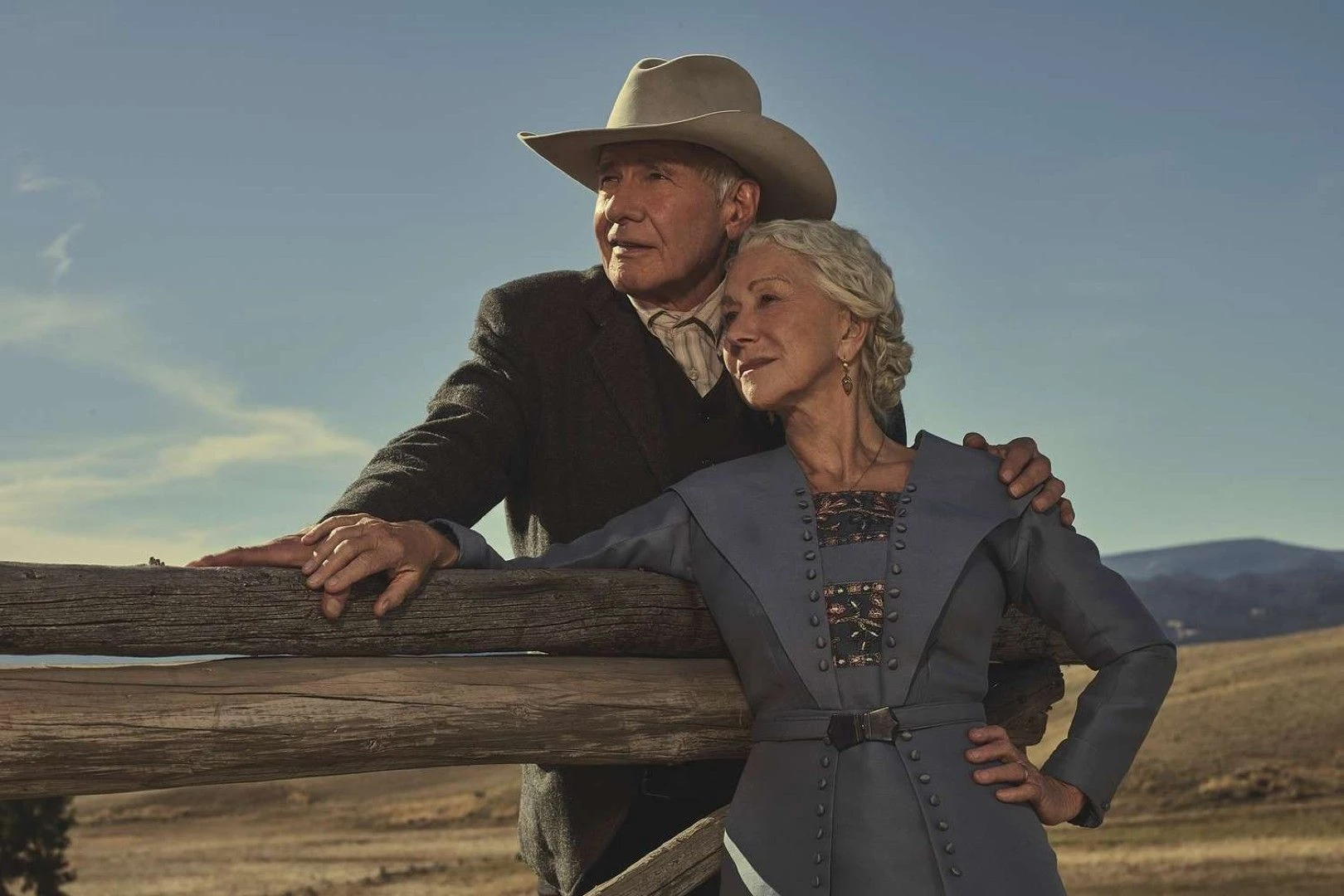
1. 1923
In certain instances with television, when highly successful series overstay their welcome but audiences remain captivated by the universe, a solution is often to create a prequel series. An illustration of this can be seen later in our discussion, but another relevant example is the show “Yellowstone” and its spinoffs. As the Dutton family’s problems began to feel repetitive for some fans, Paramount Network decided to delve into the past with two prequel series that explored the beginnings of Montana’s renowned ranching dynasty. Both “1883” and its follow-up series “1923,” starring Harrison Ford and Helen Mirren, were positively received by both critics and viewers. The pairing of these veteran actors in a tale about the challenges of Western expansion at the turn of the century was nothing short of remarkable.
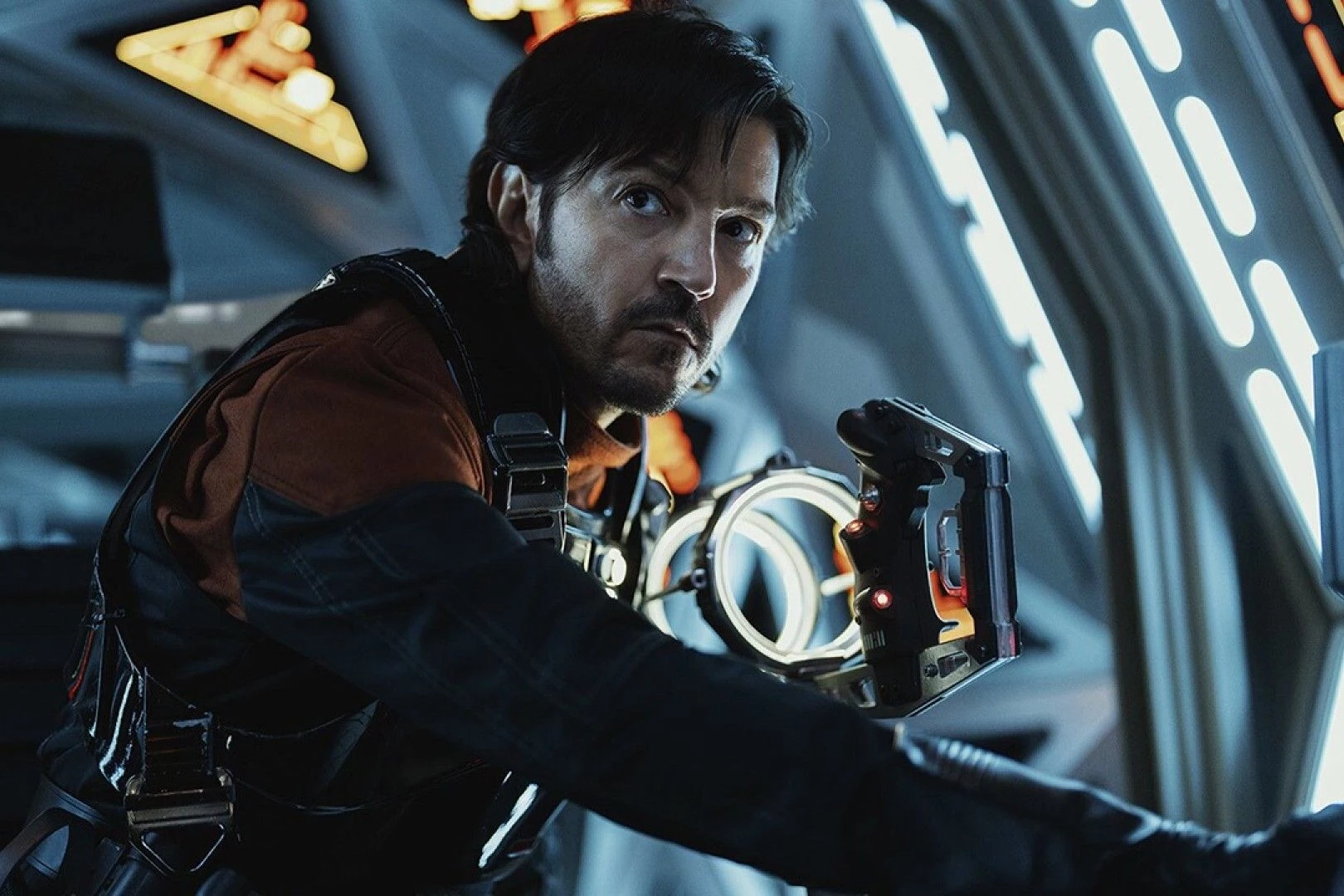
2. Andor
Despite being let down by the Disney+ lineup of Star Wars shows, the prequel series for Rogue One titled Andor felt nothing short of extraordinary. Devoid of Jedi and minimal alien characters, this gritty portrayal of the Star Wars universe provided a profound exploration on the essence of revolution, the limits of human endurance, and the price one must pay. The fact that it maintained a loose connection to the larger Star Wars saga – primarily through a standalone movie – was its greatest asset. In just two seasons, it concluded its storyline effectively without dwelling excessively (even though an extended five-season version would have been delightful).

3. Better Call Saul
As a dedicated movie enthusiast, I must say that “Breaking Bad” was undeniably a phenomenal series that truly deserved all the accolades it received, and it nailed the rare achievement of a satisfying series finale. However, “Better Call Saul,” the prequel series that delves into the backstory of none other than “Breaking Bad’s” slick lawyer character, surpasses its predecessor in terms of scriptwriting, acting, and ambition. Yet, it never strays from what makes the show captivating.
The romantic tragedy between its two main characters was some of the most gripping television while it was on air, and it ingeniously twisted the mythology of “Breaking Bad,” offering endless opportunities for creative exploration. While “Breaking Bad” is outstanding, “Better Call Saul” takes it to another level.
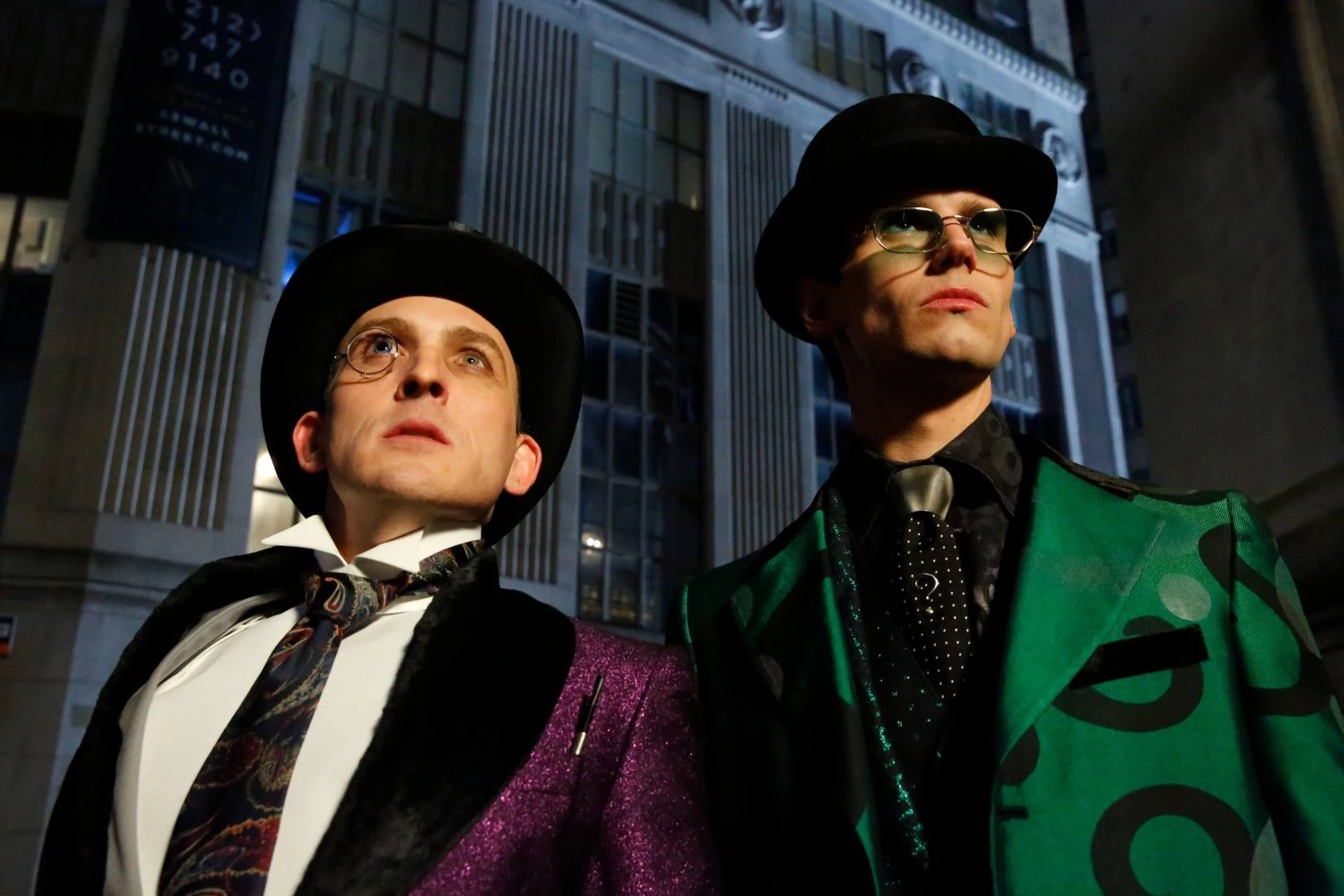
4. Gotham
Gotham, fortunately, premiered during the Snyderverse phase of DC films, which benefited its presentation. Unlike the initial DC Cinematic Universe, there was no necessity for TV shows and films to align, allowing Gotham to independently develop Batman’s origins. The series wasn’t as broodingly grim as Man of Steel or Batman v Superman, yet it creatively interwove the origin stories of Batman’s infamous rogues gallery, forming a formidable enemy force that a young Bruce Wayne would eventually confront. Despite being darker and more mature than other in-universe shows, Gotham offered a fun counterbalance to the film series’ gloominess.

5. Hannibal
Hannibal, a TV series, isn’t strictly a prequel to The Silence of the Lambs, but rather an adaptation that explores events preceding Dr. Hannibal Lecter’s imprisonment by the FBI. This portrayal of Hannibal presents him as a charming psychiatrist and accomplished chef, who cultivates relationships with those trying to apprehend him while secretly feasting on them. The intricate plot revolves around a dark obsession and sadomasochistic themes that set it apart from other TV shows. Each episode’s grisly depiction of corpse sculptures surpassed the last in grotesque detail, making it an unparalleled viewing experience.
In essence, Hannibal is unlike anything else on television, and we may never witness such creativity again.

6. House of the Dragon
The return to the world of “House of the Dragon” marks a refreshing change, contrasting the final seasons of “Game of Thrones” that were criticized for losing focus and becoming stale. Unlike the original series, which often deviated from the books, “House of the Dragon” is based on more flexible and significantly completed material. The new show delves even deeper into darkness and brutality, with its narrative centered around opposing factions in a devastating war, neither of whom are portrayed as heroes. Unlike the previous series, which faced criticism for its portrayal of female characters, “House of the Dragon” is primarily driven by its two main female characters, Rhaenyra and Alicent.
In summary, “House of the Dragon” offers a fresh perspective in the “Game of Thrones” universe, with more completed material, deeper darkness, and a stronger focus on its female characters.
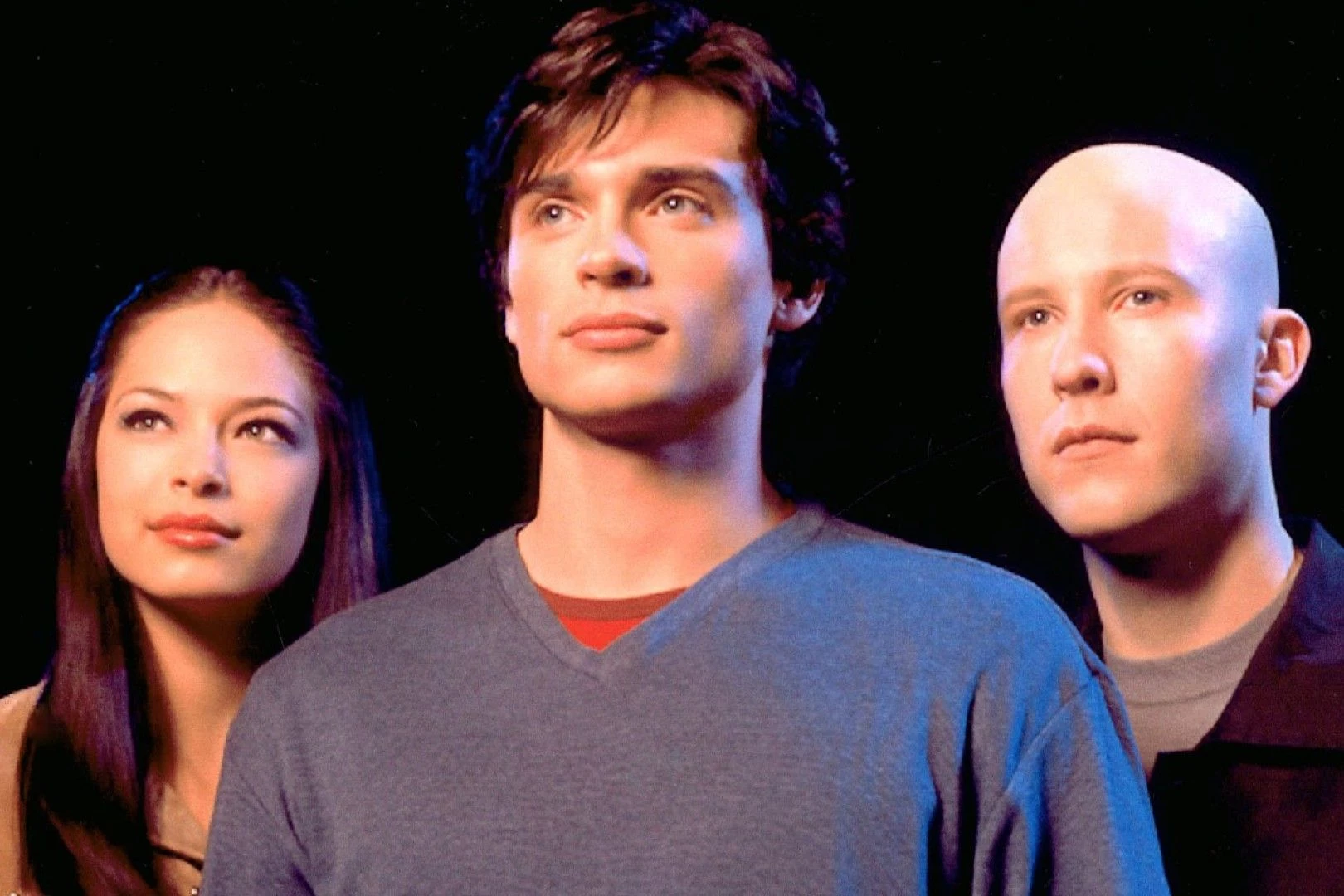
7. Smallville
At one point, superhero movies were seen as somewhat uncool and cheesy. However, the show “Smallville” arrived at just the right moment with its simplified portrayal of Superman’s early life. After a string of mediocre to poor Superman films had dissuaded studios from producing movies about similar characters, “Smallville” ushered in a new era of superhero storytelling. The series broke away from the typical superhero tropes such as capes, elaborate costumes, and excessive powers, instead focusing on teenage struggles. This fresh and unexpected approach to superhero narratives was a hit, running for 10 seasons. Audiences who had grown weary of caped crusaders and subpar special effects were attracted to “Smallville”‘s unique perspective, which has since been emulated but never truly replicated.
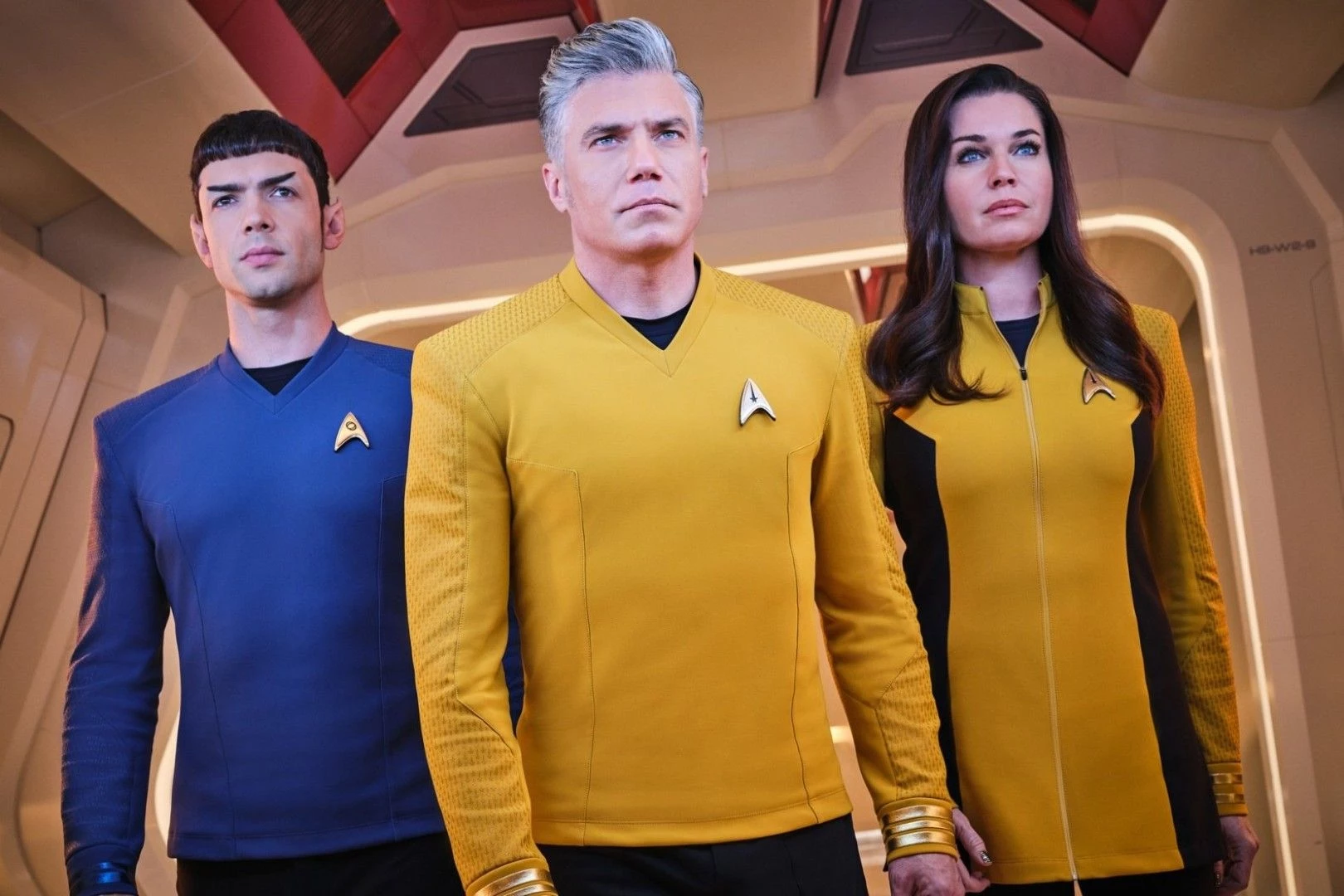
8. Star Trek: Strange New Worlds
Fast forward to today, the series Star Trek: Strange New Worlds revives the charm of the original production for the modern audience. Set only a few years ahead in time from its predecessor, it provides more screen time for one of its most endearing secondary characters. In essence, Strange New Worlds preserves the original series’ vibrant primary-colored uniforms and sense of amazement, while enhancing the experience with high-quality special effects and detailed sets that such a production merits. Moreover, it maintains the same level of enjoyment as the first one.

9. Ted
The TV series “Ted” may seem strange at first since it’s based on a profanity-spouting teddy bear from two movies. However, despite the crude humor in the films, the show manages to be genuinely and consistently funny. It delves deeper into the characters from the films, particularly Mark Wahlberg’s character and his unusual friendship with his childhood stuffed animal. The series also offers a nostalgic trip back to the 1990s, as it humorously references family sitcoms of that era while still adding a touch of sweetness to its portrayal.
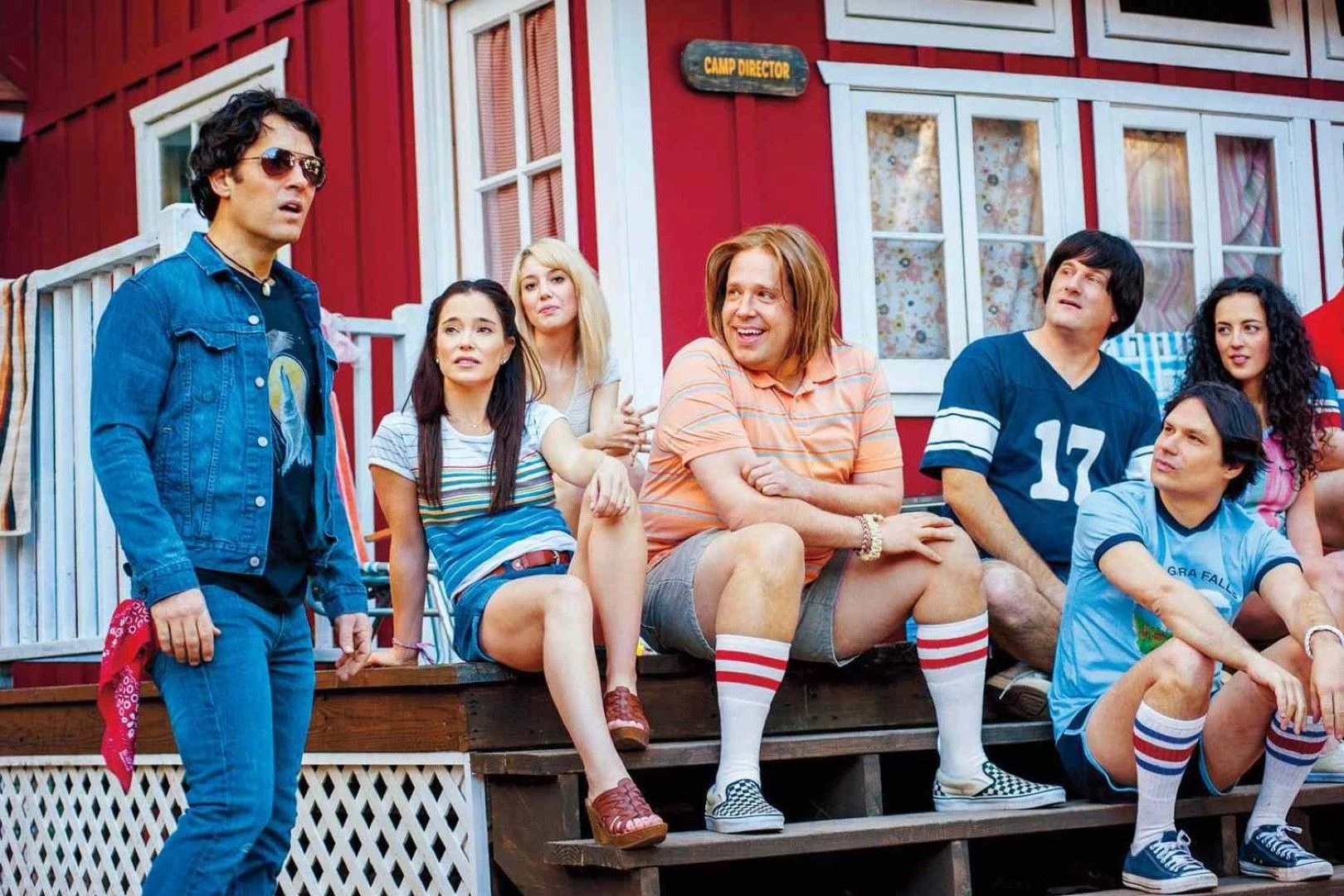
10. Wet Hot American Summer: First Day of Camp
In simpler terms, while the original “Wet Hot American Summer” movie is good in its own right, the prequel series, titled “First Day of Camp”, stands out as significantly funnier, quirkier, and more fulfilling. The show cleverly uses the humor in casting older actors to play teenagers, fully exploiting this premise to create uproarious comedy from a basic concept. Even the talking can of vegetables from the movie gets its own backstory. To top it off, Netflix also produced a “sequel” series called “Ten Years Later”, which unfolds during a 10-year reunion at the camp, but unfortunately, the actors are still too old for their roles in this sequel.
Read More
- The Most Jaw-Dropping Pop Culture Moments of 2025 Revealed
- Ashes of Creation Rogue Guide for Beginners
- 3 PS Plus Extra, Premium Games for December 2025 Leaked Early
- Where Winds Meet: How To Defeat Shadow Puppeteer (Boss Guide)
- Best Controller Settings for ARC Raiders
- TikToker Madeleine White Marries Andrew Fedyk: See Her Wedding Dress
- Jim Ward, Voice of Ratchet & Clank’s Captain Qwark, Has Passed Away
- Kylie Jenner Makes Acting Debut in Charli XCX’s The Moment Trailer
- Superman’s Breakout Star Is Part of Another Major Superhero Franchise
- Hazbin Hotel season 3 release date speculation and latest news
2025-08-22 17:35